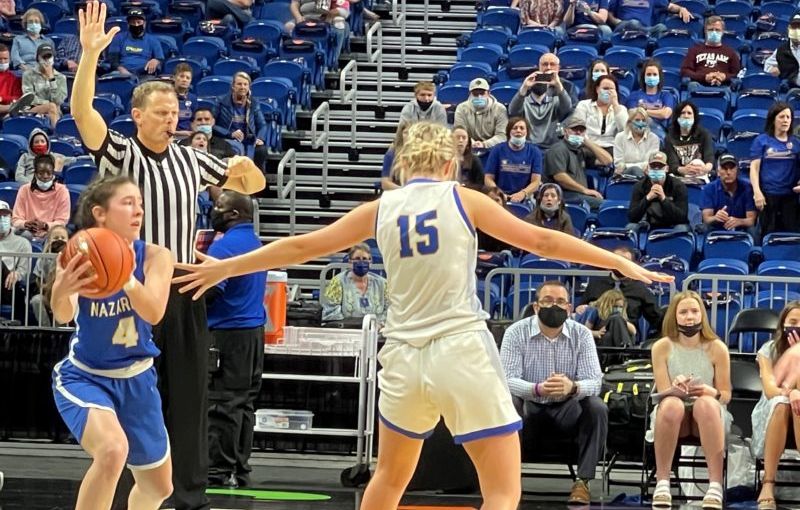
KEEP FOCUS SHARP AT THE BUZZER
Most of us are well aware that bad judgment or lack of focus in the last minute of a game can destroy the other 98 percent of a fine effort. We check to make sure there are no scorebook or possession‑arrow problems as we approach that critical time in a close game. But what about others? Here are some thoughts for dealing with an array of other potential pitfalls.
The foul festivals
Most have been in close games in which the losing team fouls repeatedly in the last minute. Officials know that will be the strategy, but need to deal fairly and firmly with three issues: consistency, avoiding violence and intentional fouls.
Consistency is a significant issue. If you did not rule a finger touch on the forearm a foul in the first quarter, don’t call it a foul in the last minute. Why not? You know that the trailing team wants to foul. Perhaps it only has five team fouls and needs to get two more to put the opponent on the line. A couple of quick fouls with no argument will move the game along, right?
Think about the words above. If you call the touch a foul in that situation, you are becoming part of the fouling team’s strategy. You are forcing the leading team to shoot a free throw or make a throw‑in prematurely when seconds are valuable. Throw‑ins are dangerous. They can be picked off, bobbled, tied up or even result in a violation. You are charged with being fair for the whole game. Remind the players that they need to make a basketball play, and be consistent in what you rule to be a foul.
That being the case, we need to forestall violence. If you don’t call the touch foul, some player, blindly following his or her coach’s wishes, might tackle the player with the ball. A combination of communication and instant punishment is all you can do. As a preventive measure, talk to the captain during a foul shot or as the team comes out of a timeout to remind them to play the ball. If the tackle still comes, call the intentional foul.
It is unfair to rule an obvious intentional action, regardless of severity, as a common foul. Dribblers are pushed in the back when the defender has no chance to reach the ball; players far away from the ball are hugged in front of an official. It is not being chicken or naïve to enforce the rule. Some veterans will say, “They were going to shoot two anyway,” but that does not cut it. Retaining possession is important. Get on the same page with your partner(s) and call the first intentional foul. That will clean up the game and make clear that the rule will be enforced.




